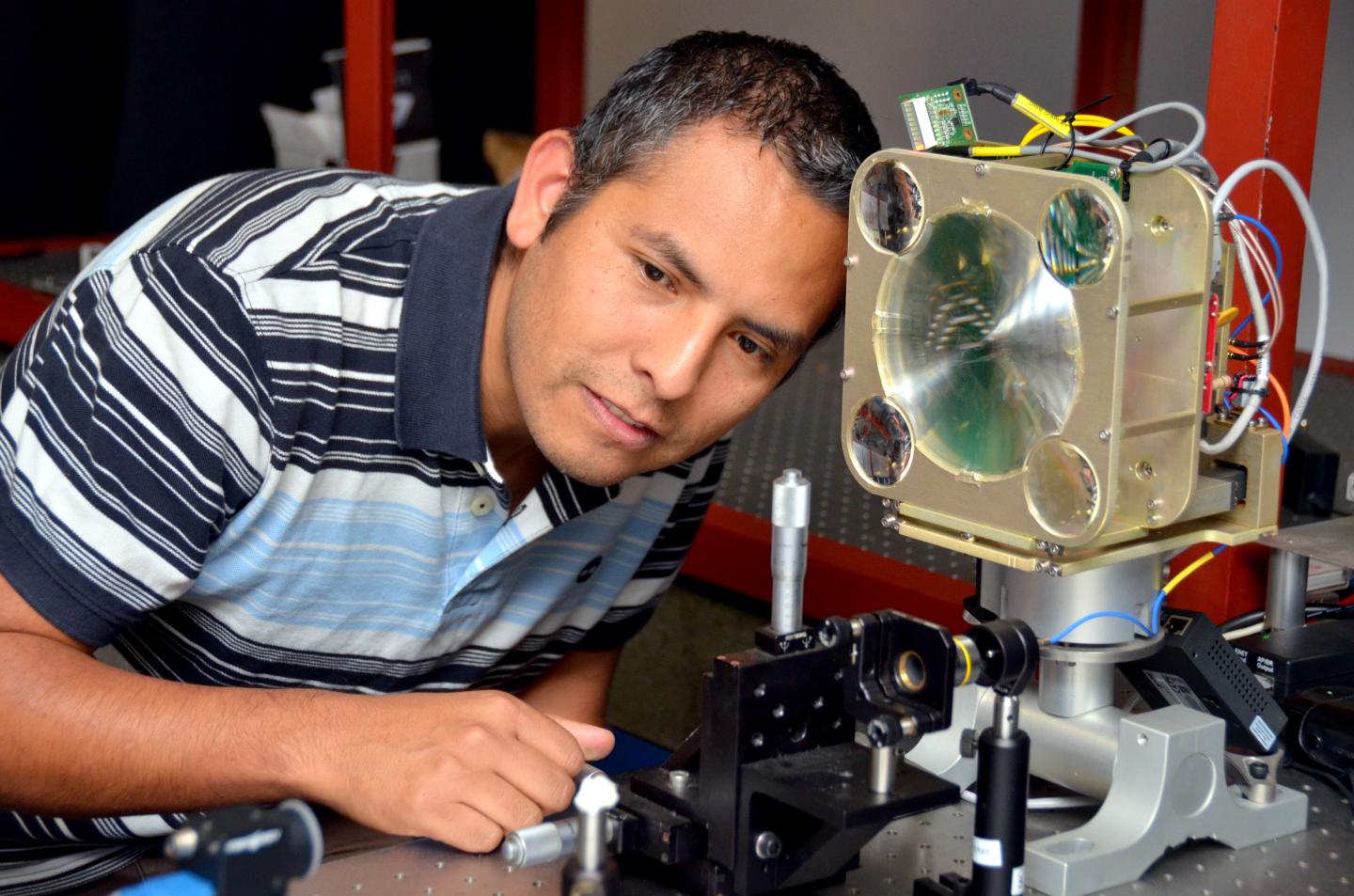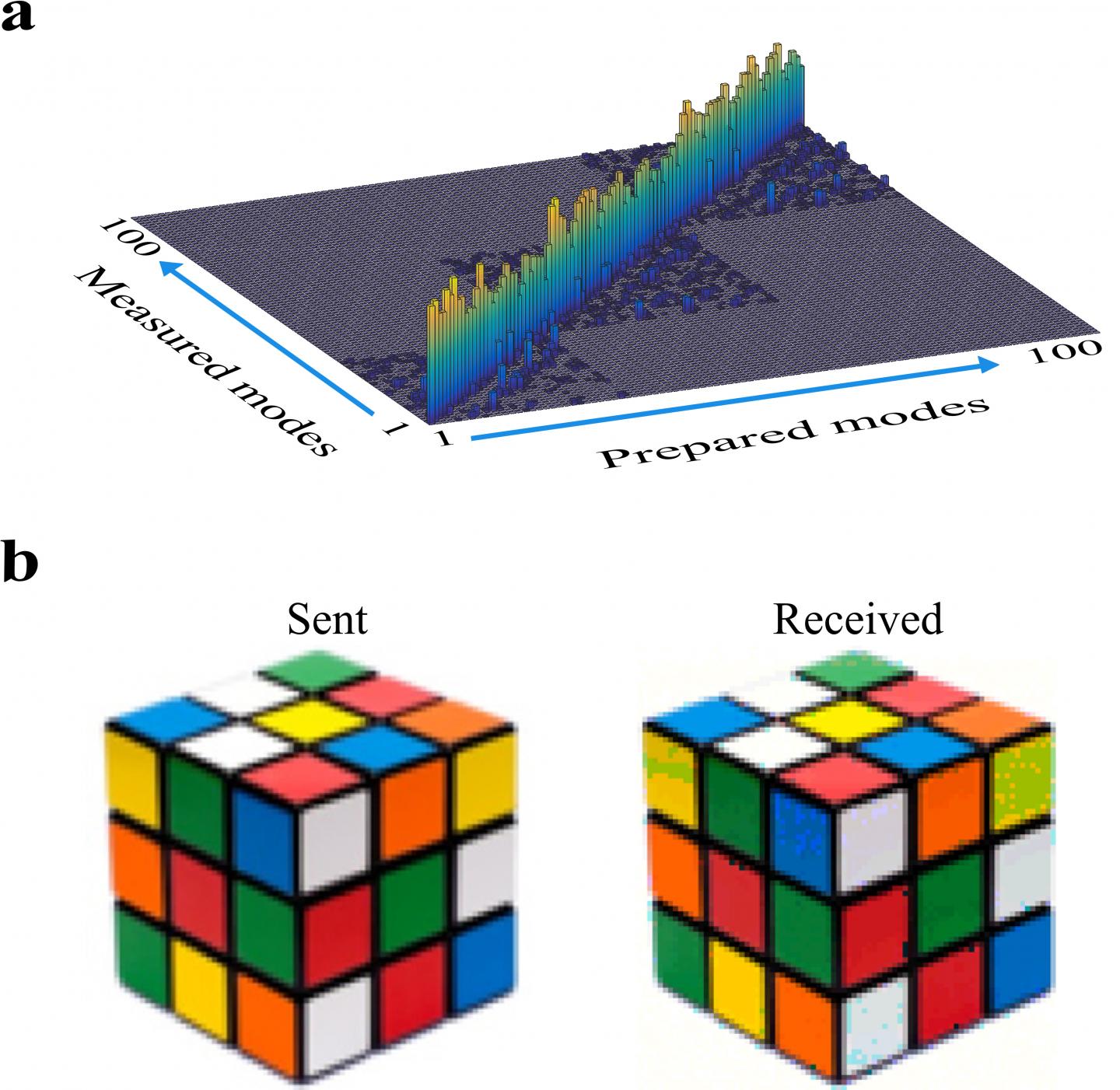Two-fold increase in the amount of info ‘packed into light’ will expand bandwidth potential
As big data grows, so does the need to deliver a bandwidth that’s sufficient enough to meet the growing demands.
That’s why a team of researchers from the University of the Witwatersrand in Johannesburg, South Africa, and the Council for Scientific and Industrial Research (CSIR) have been looking at alternative sources that can take over when traditional optical communications systems fail – as they are predicted to.
The team has come up with a solution, demonstrating a 100 times increase in the amount of information that can be “packed into light.”

Using over 100 patterns of light in an optical communication link, the team could potentially increase the bandwidth of communication systems by 100 times.
Traditional optical communication systems, which control the amplitude, phase, polarization, color and frequency of light that is transmitted, are expected to reach a bandwidth ceiling in the near future.
The team’s idea came from the knowledge that light also has a “pattern,” the intensity distribution of the light, or how it looks on a camera or a screen. The patterns are unique; therefore, they can be used to encode information.
Pattern 1 = channel 1 or the letter A,
Pattern 2 = channel 2 or the letter B, and so on.
So, what does this mean?
This means that future bandwidth can be increased by precisely the number of patterns of light we are able to use.
So, 10 patterns mean a 10-times increase in existing bandwidth, as 10 new channels would emerge for data transfer.

Current optical communication systems only use one pattern as a result technical hurdles in how to pack information into these patterns of light, and how to get the information back out again.
The team showed data transmission with over 100 patterns of light and exploited three degrees of freedom in the process.
They used digital holograms written to a small liquid crystal display (LCD) and showed that it is possible to have a hologram encoded with over 100 patterns in multiple colors.
“This is the highest number of patterns created and detected on such a device to date, far exceeding the previous state-of-the-art,” said Professor Andrew Forbes from Wits University, who led the collaboration.
One unique action the team took was to make the device color blind, so that the same holograms could be used to encode many wavelengths.
In order to make this work, the team combine 100 holograms into a single, complex hologram. Each sub-hologram was then individually tailored to correct for any optical aberrations due to the color difference, angular offset, and other factors.
The researchers would now like to move this experiment out of the laboratory and demonstrate the technology in a real-world system.
“We are presently working with a commercial entity to test in just such an environment,” said Forbes. The approach of the team could be used in both free-space and optical fiber networks.


Comments are closed, but trackbacks and pingbacks are open.